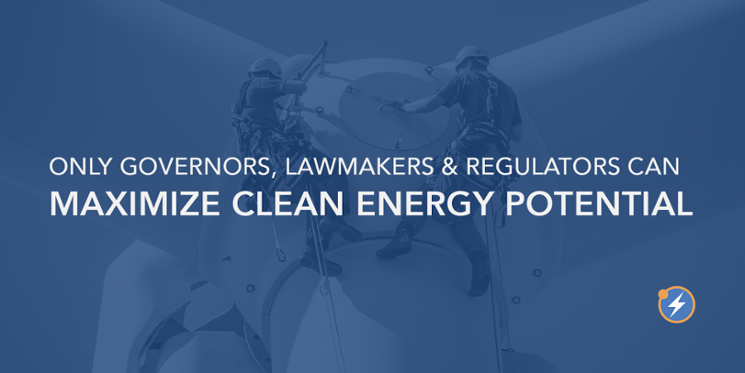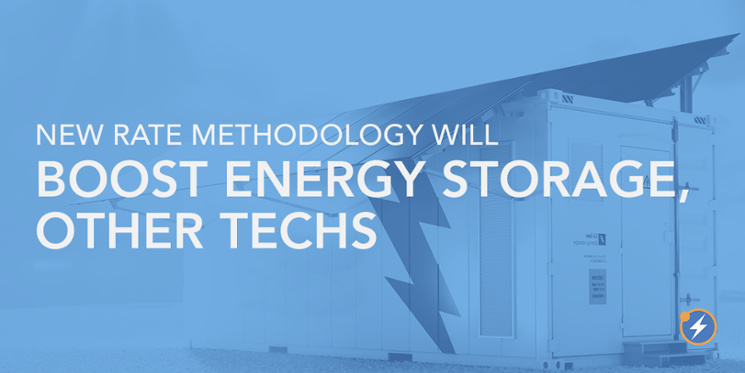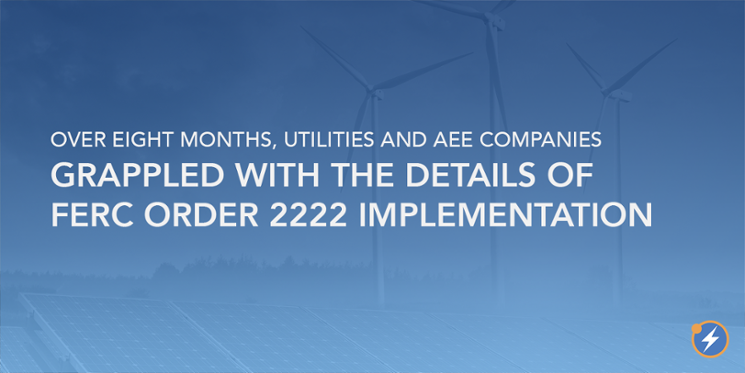
Advanced Energy Wins at the Colorado Public Utilities Commission in 2025
Topics: State Policy, PUCs, Transmission, Distributed Energy Resources, Virtual Power Plants, Colorado
This Summer’s Weather Highlighted the Critical Role of Demand Response in the PJM Region

Topics: PUCs, Utility, Wholesale Markets, Transmission, Virtual Power Plants, Interconnection
How Can States Make the Most of IRA? We Have Guides for That

Last week, the White House and Congress celebrated the one-year anniversary of the Infrastructure Investment and Jobs Act – IIJA, also known as the Bipartisan Infrastructure Law. Between IIJA and the more-recently enacted Inflation Reduction Act (IRA), the federal government has devoted almost $500 billion in grants, tax credits, and other incentives to accelerate America’s energy transition, electrify transportation, and address many of the energy-related challenges facing the nation. For all the attention paid to the work inside the Beltway, however, whether the U.S. realizes that potential hinges largely on what happens outside the Beltway.
Topics: State Policy, PUCs, Federal Priorities, Federal Priorities
A Cost-Allocation Win in New York for Distributed Energy Resources

On March 16, the New York Public Service Commission quietly adopted a significant advancement in rate design. It did so as a result of a long proceeding on standby and buyback rates, in which AEE argued that owners of distributed generation not eligible for net metering (such as standalone storage facilities and institutions with combined-heat-and-power systems) were being overcharged for the customer-specific components of those rates. While the PSC action seemingly addressed a technical matter, the impact is a big win for advanced energy in New York, as it will lead to new rates much more favorable for a range of distributed energy resources (DERs).
Topics: State Policy, PUCs, Utility, Regulatory, New York
How to Prepare the Distribution System for DER Participation in Wholesale Markets

On September 17, 2020, FERC issued Order 2222, directing the grid operators under its jurisdiction to pave the way for aggregations of distributed energy resources (DERs) into wholesale markets. Recognizing that implementation of Order 2222 requires transmission and distribution system coordination and active engagement from state utility regulators as well, AEE and GridLab convened distribution utilities and AEE members for eight months to build consensus around key distribution system issues. The focus areas of the discussion included interconnection and aggregation review; communications, controls, and coordination; dual participation in both retail programs and wholesale markets; and investment recovery and cost causation. The result is a new understanding of the challenges in making DER participation in wholesale markets work, and ways that utilities, regulators, and industry can work together to overcome them.
Topics: State Policy, PUCs, Utility, Regulatory, Wholesale Markets